The beginning of a beautiful relationship.
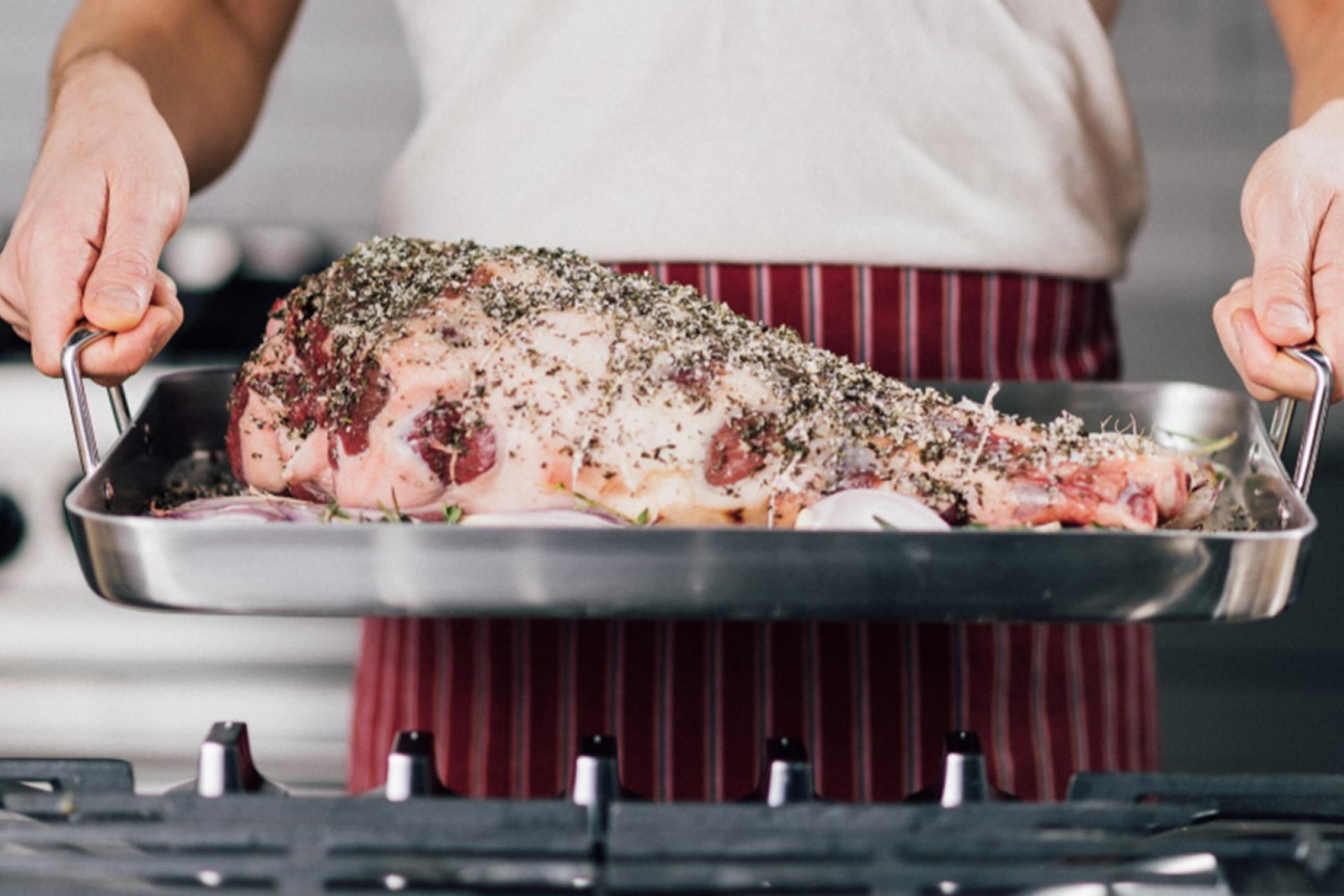
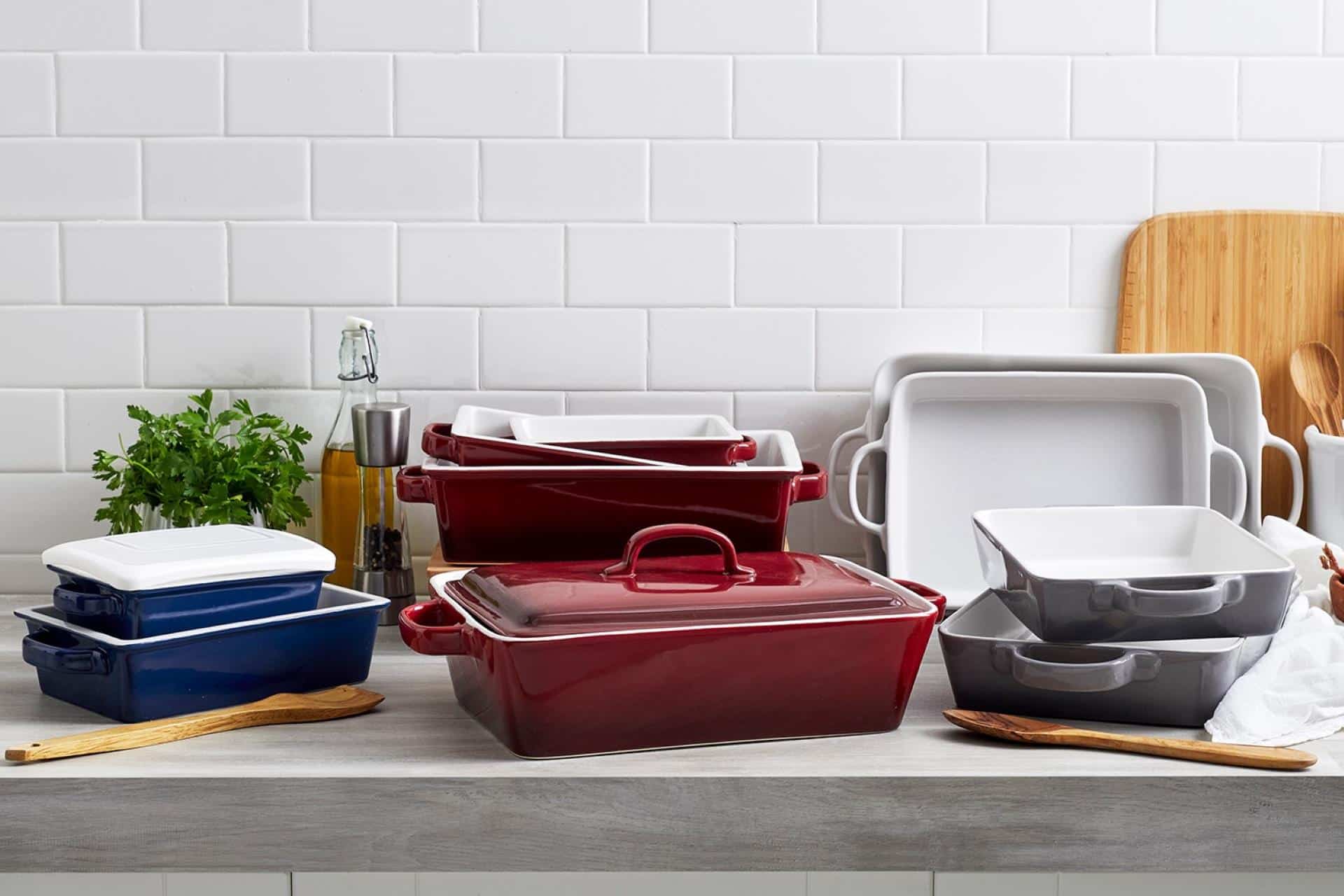
In the heart of the home kitchen, the humble casserole dish stands as a beacon of culinary creativity and comfort.
These versatile vessels are the cornerstone of countless recipes—from the bubbling layers of a classic lasagna to the golden, crispy topping of a shepherd’s pie and the rich, creamy baked macaroni and cheese. Casserole dishes invite experimentation, making them perfect for both involved Sunday dinners and quick weeknight favorites.
While we can safely say that most everyone is a fan of a hearty casserole, there’s an underlying challenge that cooks of all levels face: figuring out the right size dish to use.
When recipes call for a dish by quart capacity, the task can feel like a culinary puzzle. How do you translate quarts into the practical dimensions of length, width and depth—especially when considering the vast array of dishes available? Let’s dive into the world of casserole dishes, breaking down the basics of size and capacity to help you navigate your kitchen with ease and confidence.
Hungry for more? Our collection of Bakers & Casseroles has every size you could need from brands you love, like Staub, Le Creuset, Emile Henry and more!

Square baking dishes are popular for baking dense, rich dishes. They typically come in smaller sizes, making them ideal for side dishes or meals for smaller families.

Rectangle dishes are the most common type of casserole dish, preferred for their versatility. They are excellent for a variety of dishes, from main courses to sides.
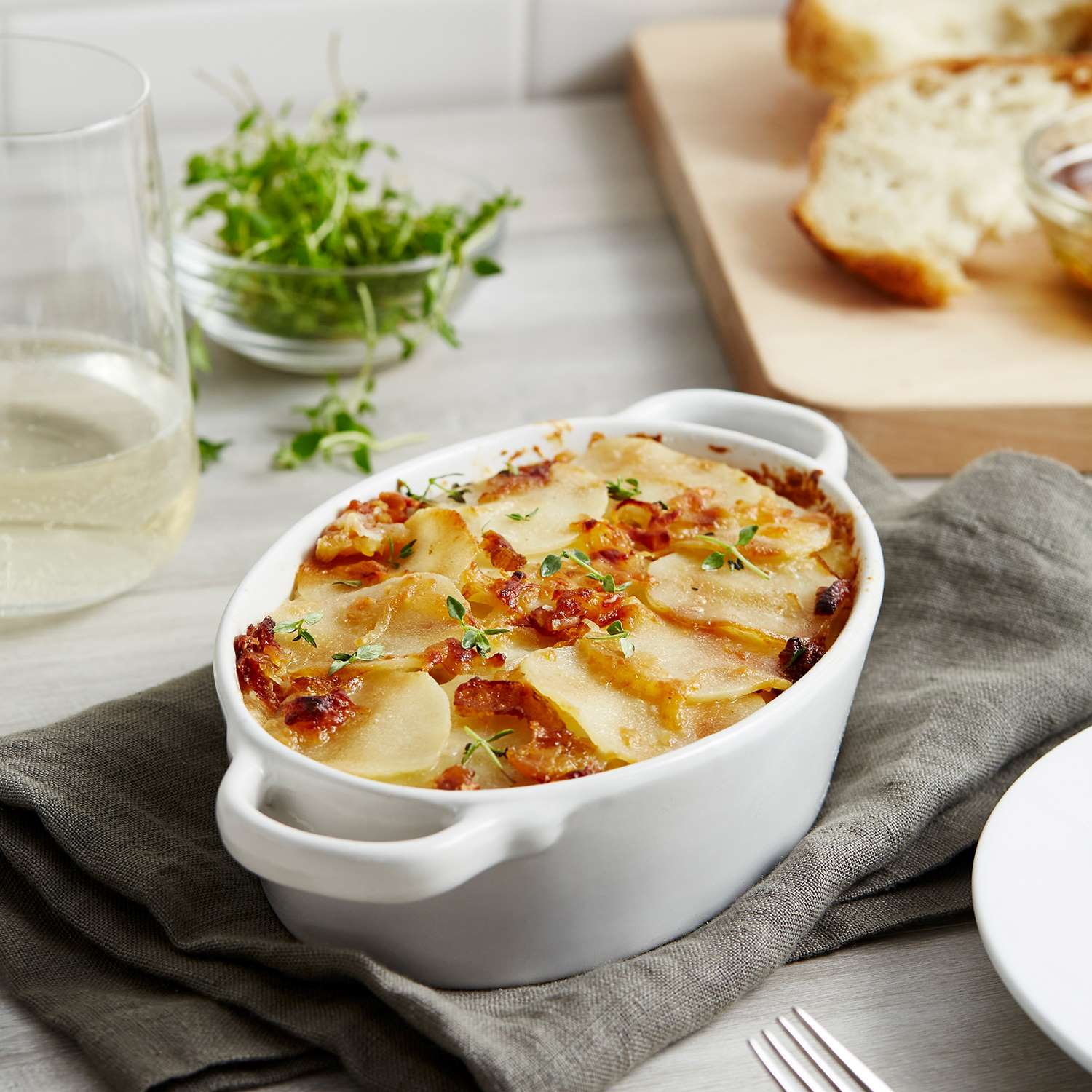
Oval casserole dishes offer a stylish alternative to the traditional rectangular shape, with their curved edges making them particularly good for roasts and poultry.
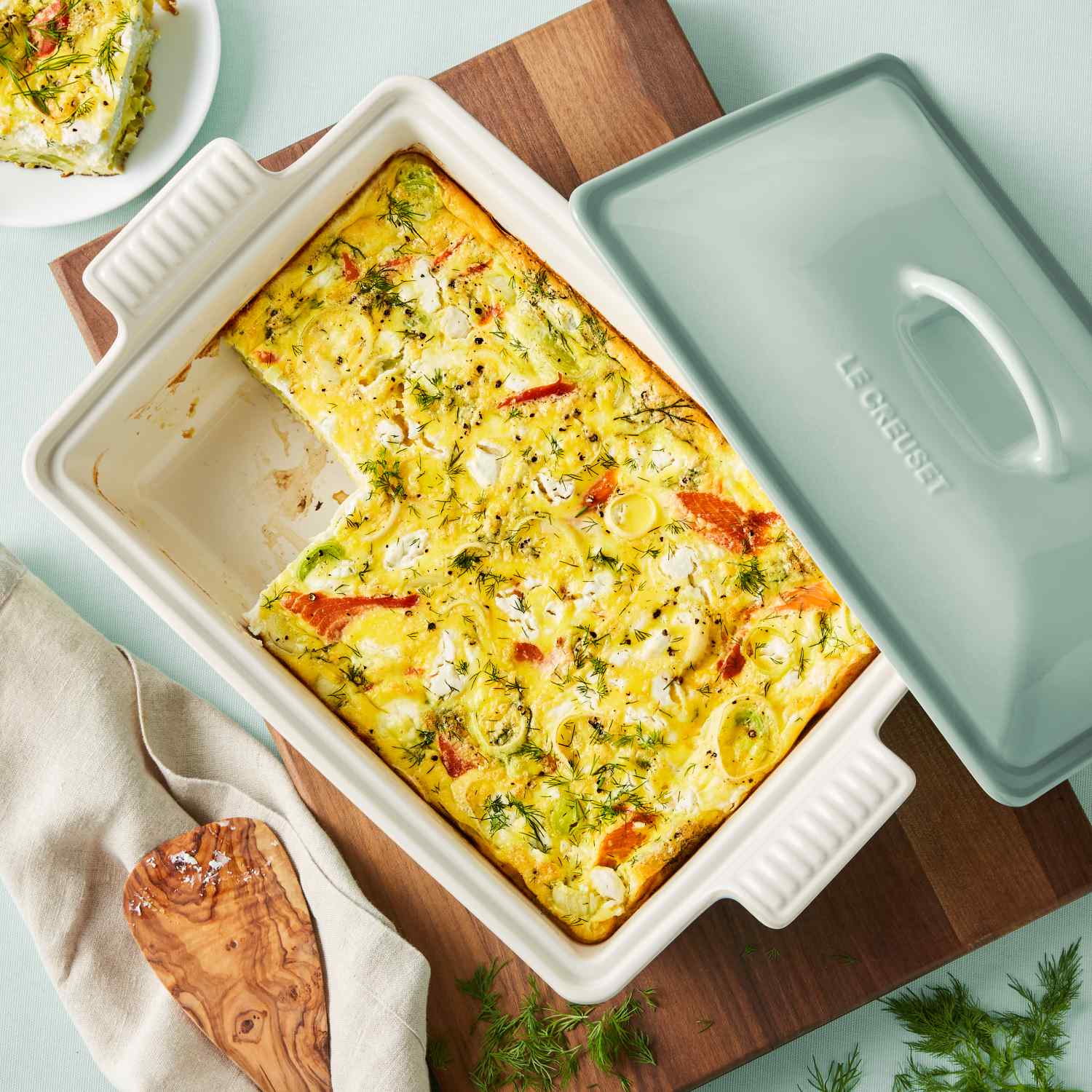
When selecting a baking dish size, consider the type of dishes you frequently cook. The depth of the dish is crucial, especially for recipes that rise significantly during cooking. Moreover, it’s important to note that the given dimensions are general estimates and can vary by manufacturer. Always check the specific dimensions and quart capacity provided by the brand to ensure the dish meets your needs.
In practical terms, having a variety of sizes at your disposal can be beneficial. For example, a 2-quart dish is excellent for side dishes, while a 3-quart dish is versatile enough for most main courses. For larger gatherings, a 4-quart dish is great to have.
Here’s a breakdown of things to consider when purchasing or selecting the right size casserole dish:
Capacity will tell you how much the dish can hold, which is vital for recipes that specify volume. Size, on the other hand, gives you a physical dimensions that can help you determine if it will fit in your oven, in storage cabinets or with the serving sizes you aim for.
For instance, a deeper dish might be better for recipes with liquids, like braises or casseroles that you don’t want to dry out. A shallower, wider dish is great for achieving a crispy topping on dishes like gratins or mac and cheese. Consider what you cook most often when deciding between square, rectangular, oval or even round dishes.
Some materials, like certain metals, are not microwave safe, while others, like some ceramics, might crack with rapid temperature changes.
Handles are also nice and can make it easier to transport and serve directly from oven to table.
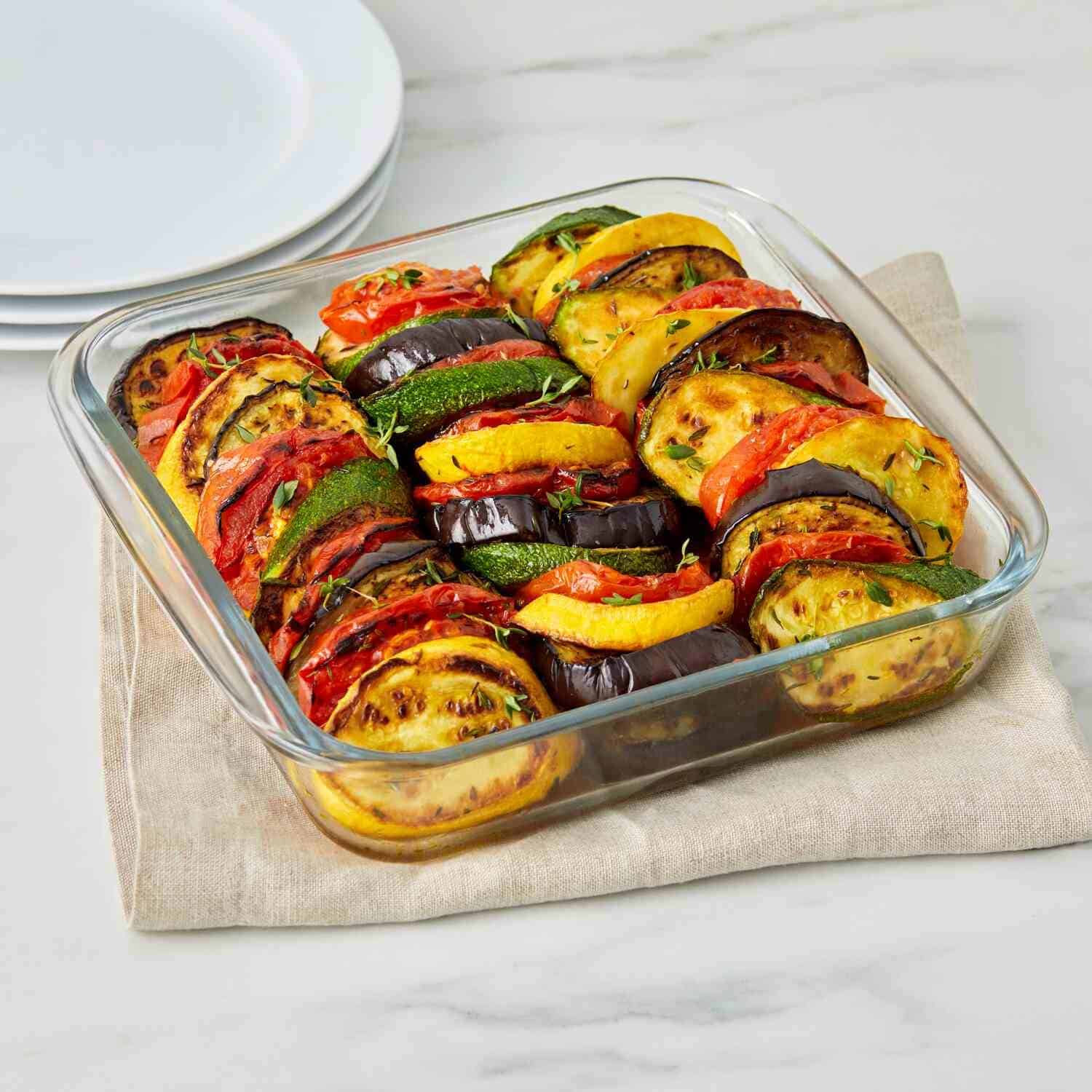
When selecting a casserole dish, the material is more than a matter of aesthetics—it directly influences cooking performance and time. Here’s an overview of common materials and how they might affect your next casserole:

A 2-quart casserole dish can vary in shape but is generally around 8″ L x 8″ W or 9″ L x 9″ W if square, and about 2 inches deep. For a rectangular shape, it might measure closer to 11″ L x 7″ W, but depth can influence capacity.
Many casserole recipes are designed for a 3-quart dish. This can be a rectangle approximately 13″ L x 9″ W and 2 inches deep, ideal for serving 4–6 people.
Absolutely. Ensure the round dish has a similar capacity to what your recipe requires. A 2-quart round dish typically has a diameter of 8–9 inches.
A 9″ W x 13″ L dish is very close in size to a 3-quart dish, with both being suitable for many recipes. The 9″ W x 13″ L is a measurement of length and width, while 3-quart refers to volume. Their actual capacity can be very similar, making them often interchangeable in recipes.
Not necessarily. While a 4-quart dish is larger, it’s excellent for feeding larger groups or if you prefer leftovers. Its dimensions might be around 14″ L x 10″ W x 2″ H, depending on shape.
Look for a label or manufacturer’s mark on the dish indicating it’s oven safe. Most ceramic, glass and metal dishes are designed for oven use, but it’s always best to confirm.
Yes, but keep in mind that metal heats up and cools down faster than glass. You might need to adjust cooking times and temperatures slightly when substituting one for the other.
Hungry for more? Our collection of Bakers & Casseroles has every size you could need from brands you love, like Staub, Le Creuset, Emile Henry and more!
Join The Conversation